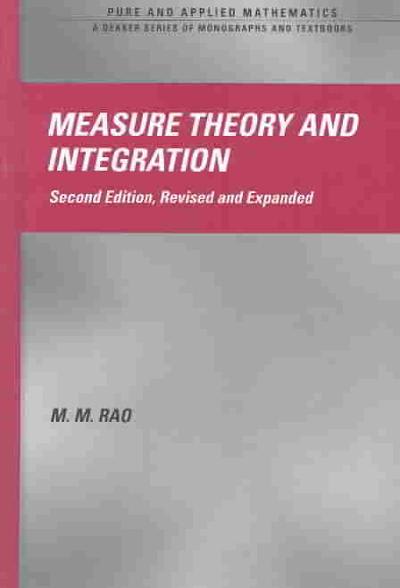Question
QUESTION 2 The table below contains the level of carboxyhemoglobin (in %) from two independent randomly selected groups of subjects, a group of non-smokers and
QUESTION 2
The table below contains the level of carboxyhemoglobin (in %) from two independent randomly selected groups of subjects, a group of non-smokers and a group of smokers. At 5% level of significance, we want totest to see if the mean carboxyhemoglobin level of the smokers is significantly different from the mean of the nonsmokers.
Data: (Carboxyhemoglogin (%))
Non-smokers: 1.13, 3.70, 1.45, 4.11, 2.91, 0.91
Smokers: 5.33, 3.58, 4.69, 2.77, 4.54, 6.49
Which of the following statements is correct p-value for this test? (Perform the test assuming there is no significant difference in the variances of the two sampled populations.)
| A. | 0.8966 | |
| B. | 0.00892 | |
| C. | 0.01785 | |
| D. | 0.01792 |
QUESTION 6
A team of researchers is investigating a drug for reducing systolic blood pressure. A group of 6 subjects was selected in this study. The systolic blood pressures were measured before and after the treatment with this drug and are listed the table above. This team wishes to test "whether there is a statistically significant reduction in blood pressure after the use of the drug treatment". Which of the following conclusions is(are) correct using a t-test?
| Subject ID | 1 | 2 | 3 | 4 | 5 | 6 |
| Before | 144 | 152 | 155 | 149 | 151 | 148 |
| After | 143 | 152 | 148 | 145 | 144 | 147 |
| A. | The null hypothesis is that there is no statistically significant reduction in blood pressure after the use of the drug treatment. | |
| B. | The alternative hypothesis is that there is statistically significant increase in blood pressure after the use of the drug treatment. | |
| C. | The null hypothesis is that there is statistically significant reduction in blood pressure after the use of the drug treatment. | |
| D. | The alternative hypothesis is that there is no statistically significant reduction in blood pressure after the use of the drug treatment. |
QUESTION 7
A team of researchers is investigating a drug for reducing systolic blood pressure. A group of 6 subjects was selected in this study. The systolic blood pressures were measured before and after the treatment with this drug and are listed below. This team wishes to test whether there is a statistically significant reduction in blood pressure after the use of the drug treatment. If the assumption of normality is accepted, which of the following conclusions is(are) correct using a t-test?
| Subject ID | 1 | 2 | 3 | 4 | 5 | 6 |
| Before | 144 | 152 | 155 | 149 | 151 | 148 |
| After | 143 | 152 | 148 | 145 | 144 | 147 |
| A. | The p-value of the test is .048. | |
| B. | The p-value of the test is .096. | |
| C. | The p-value of the test is .024. | |
| D. | The p-value of the test is .012. |
QUESTION 10
A team of researchers is investigating a drug for reducing systolic blood pressure. Three groups each has 6 subjects were selected in this study. Group A is the control group. The treatment was used for group B. A fixed increased amount of doses were used on group C. The systolic blood pressures were measured for all groups and are listed above. This team wishes to test whether there is a statistically significant difference in average systolic blood pressures between the three groups. If the assumption of normality and equal variances is accepted, which of the following conclusions is correct from the multiple comparisons t-test using Bonferroni correction at 5% level of significance? (Check all correct answers. There is more than one correct answers.)
| Group A | 144 | 152 | 155 | 149 | 151 | 148 |
| Group B | 143 | 152 | 148 | 145 | 144 | 147 |
| Group C | 140 | 144 | 140 | 138 | 135 | 139 |
| A. | There is statistically significant difference between groups A and C. | |
| B. | There is no statistically significant difference between groups B and C. | |
| C. | There is no statistically significant difference between groups A and B. | |
| D. | There is statistically significant difference between groups A and B. |
Step by Step Solution
There are 3 Steps involved in it
Step: 1

Get Instant Access to Expert-Tailored Solutions
See step-by-step solutions with expert insights and AI powered tools for academic success
Step: 2

Step: 3

Ace Your Homework with AI
Get the answers you need in no time with our AI-driven, step-by-step assistance
Get Started


